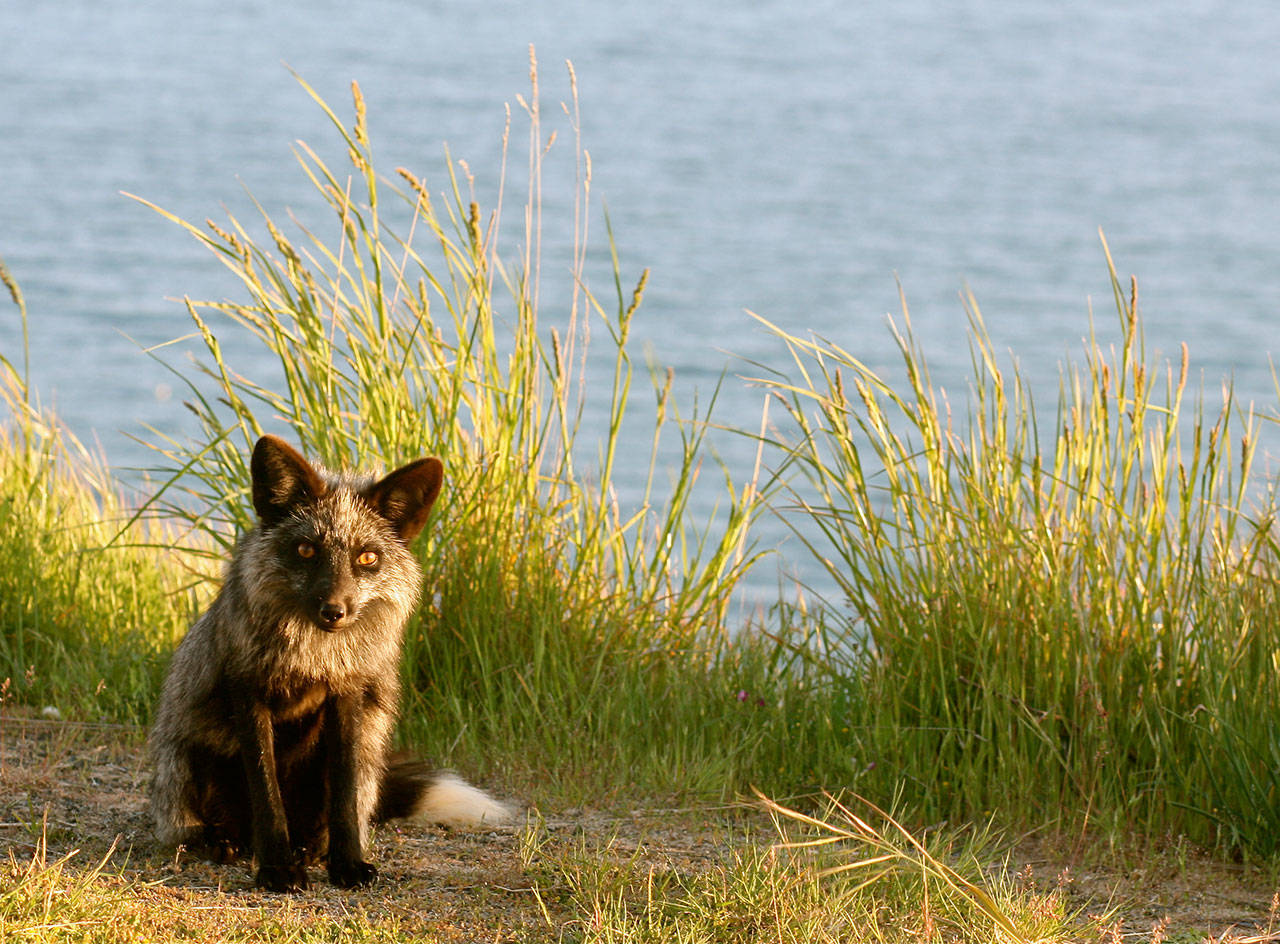Submitted by San Juan National Historic Park
Safely view wildlife
San Juan Island National Historical Park provides habitat for many animal species. When you visit the park, you are visiting their home. The choices you make have a direct effect on the wild animals that live here. By following these simple steps, you can protect these animals and keep wildlife wild.
• Do not approach any wildlife within 25 yards. Keep a safe distance from all wild creatures.
• Use binoculars or telephoto lenses for safe viewing and to avoid disturbing animals. By being sensitive to their needs, you will see more of the animals’ natural behaviors. If you cause animals to move, you are too close. It is illegal to willfully remain at a distance that disturbs or displaces animals, including birds.
• Some wildlife has unfortunately been conditioned to human presence and may approach you or your possessions looking for food. It is your responsibility to move away and discourage direct interactions.
Do not feed wildlife
Feeding wildlife can result in harm to yourself and the animal because:
• Wildlife can lose their natural fear of humans causing them to bite or attack. If this happens the animal may have to be put down.
• Food attracts animals to roadways and parking lots where accidents can occur.
• Animals carry diseases that can be fatal to humans or their pets.
• Human food affects wild creatures’ immune and digestive systems leading to premature deaths.
• Animals lose their natural fear of humans and could become more vulnerable to pets and humans who might harm them.
• Increased territorial behavior and fighting may occur when many animals are attracted to small areas competing for the same food source.
How you can help
• Do not approach any wildlife within 25 yards.
• Do not feed wildlife.
• Discourage close encounters with animals – it is your responsibility to get out of the animals’ space.
• Dispose of waste properly.
Our non-native red foxes come in many shades, including silver and black. They were introduced on San Juan Island to help combat the problematic population of European rabbits – also a non-native species. The foxes have a big job.
Weighing about 10 to 14 pounds, red foxes are members of the dog family Canidae, and look similar to dogs, wolves, and coyotes. They have long, pointed snouts and erect ears, and are often seen because they prefer open habitats and are not strictly nocturnal.
While they are opportunistic, omnivorous feeders and will eat insects, birds, mice, snakes, rabbits, nuts, berries, and fruits, one of their favorite local foods seems to be the Townsend’s vole.
For more information, visit www.nps.gov and search “red fox.”



